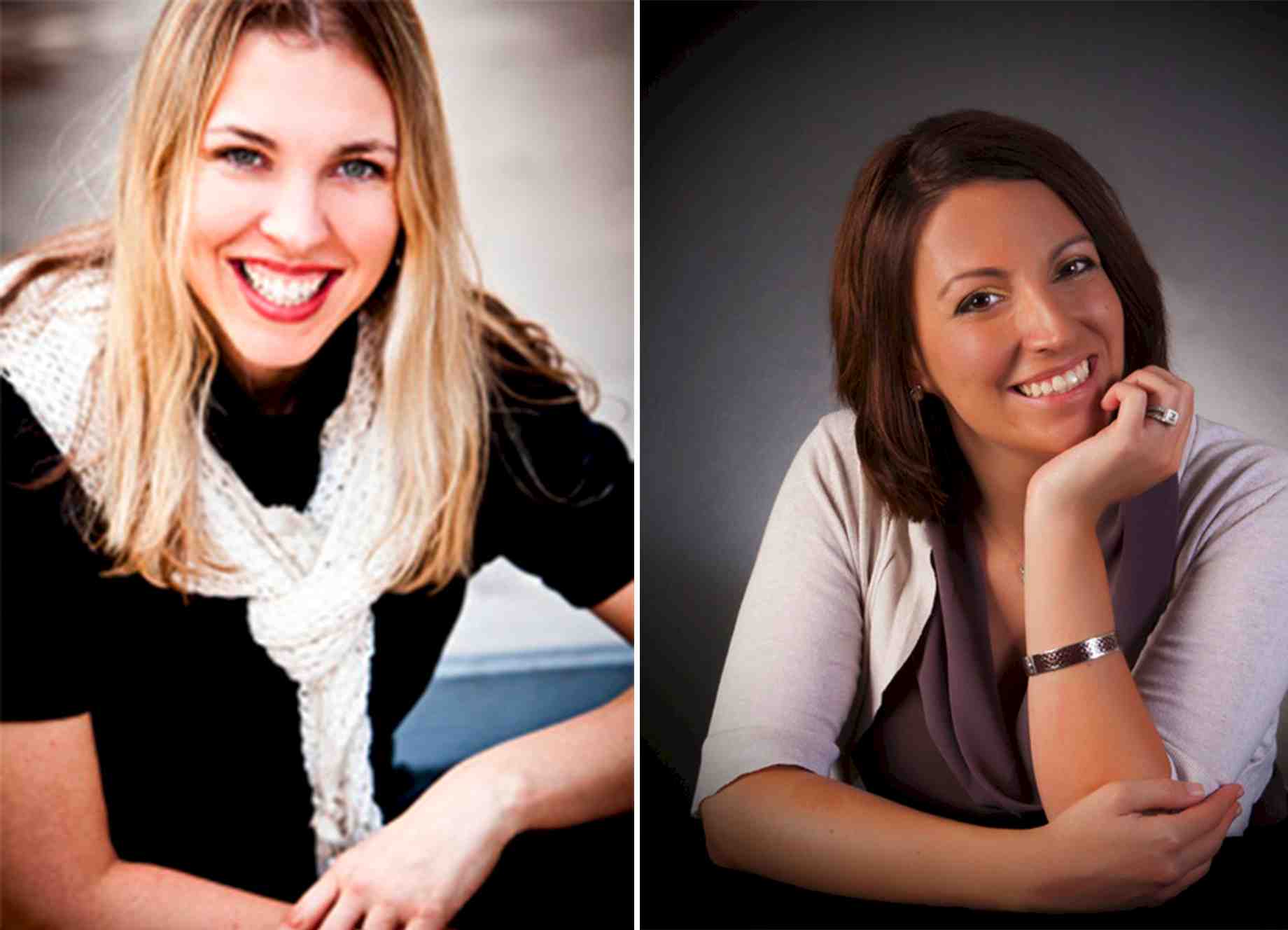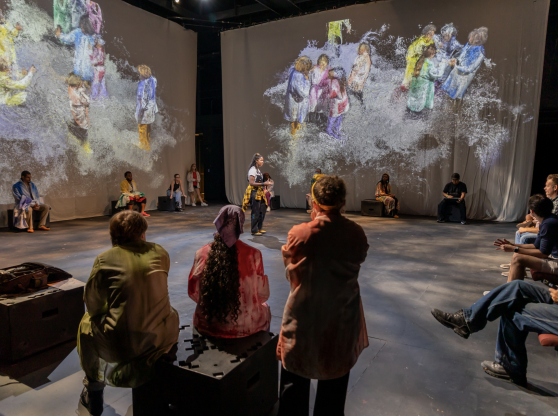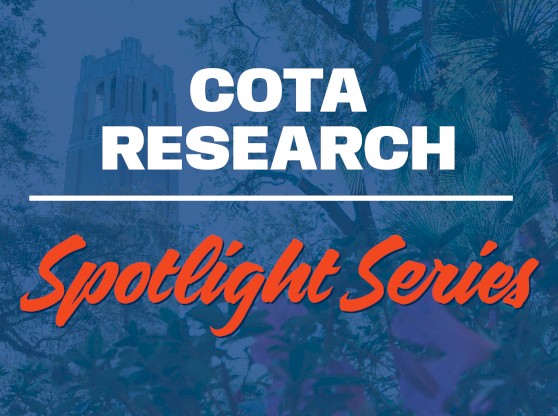Having a resource like the Malcom Randall VA Medical Center in Gainesville is a huge advantage for the many veterans who call Alachua County home. The Center is one of only two VA Medical Centers in the North Florida/South Georgia region, and it is conveniently connected to the University of Florida’s campus.
Dr. Charles Levy, a physiatrist and Chief of the Physical Medicine and Rehabilitation Service at the North Florida/South Georgia Veterans Health System (NF/SG VHS), was inspired to reach out to rural veterans who couldn’t easily access rehabilitation services at the Center. In 2009, with the assistance of the VHA Office of Rural Health, Dr. Levy established the Rural Veterans TeleRehabilitation Initiative (RVTRI) which offers occupational, physical, and recreational therapy directly to Veterans their homes and at distant clinics through video telehealth. In 2014, Dr. Levy partnered with the Director of the Center for Arts in Medicine, Jill Sonke, to expand the RVTRI to include creative arts therapy (RVTRI CAT).
In late March, the National Endowment for the Arts (NEA) began working with the Center for Arts in Medicine on this initiative. Through the national initiative Creative Forces: NEA Military Healing Arts Network, the NEA has been bringing creative arts therapy to veterans since 2011. Now, the NEA will work with the Center for Arts in Medicine to deliver creative arts therapy to additional sites around the country.
About 36% of veterans enrolled in the Department of Veterans Affairs Health Care System live in “rural” areas, and the goal of the RVTRI CAT is to allow these veterans to have access to creative arts therapy no matter how far they live from the medical center.
The ultimate goal is to foster greater integration and insight through creative processes, and guided reflection. Participants often realize benefits including greater self-acceptance, reduced anxiety, and improved relationships. The RVTRI CAT is able not only to reach Veterans in their homes, but to use the home environment in the healing process.
Jenny Baxley Lee, a Board Certified Dance/Movement Therapist, was a member of the RVTRI CAT team from its inception, and also contributed to the initial VA Office of Rural Health grant to start the program. Lee uses movement as a primary therapeutic tool, and also employs visual arts, creative writing and music to support patients. Lee works alongside Heather Spooner, a Board Certified Arts Therapist, to hold weekly therapy sessions with veterans over a secure, encrypted video connection. Both Lee and Spooner helped to secure the NEA Creative Forces grant.
For Lee and Spooner, one of the challenges of the Telehealth program has been adapting their practices to be completed using clinical video telehealth. To mediate this, they devote the first session to adjusting to the use of the video camera, including checking bandwidth and selecting a location in the home so that they can see their patients’ creative process and/or movement from head to toe. While most patients have suitable computers in their homes, funding allows the VA to provide a tablet for those who might need it.
“The NEA’s involvement will allow us to do more research and experiment with new technologies to improve the program,” Spooner explained. “At the same time, we’ll need to work on streamlining some of our processes so that they can be repeated elsewhere.”
Every patient’s experience of therapy is unique, though the end goal — to improve quality of life — is always the same. Generally, a patient will come to the VA for an initial appointment, where they will receive an overview of the program and a $50 “starting kit” filled with a variety of 2D and 3D art supplies utilized by Lee and Spooner in their sessions. As the sessions continue virtually, often patients will receive more personalized tools — one patient was even provided with a guitar.
While the program is undoubtedly beneficial for providing care to those who would not otherwise be able to access it, Lee sees another advantage of creative arts therapy using telehealth.
“Telehealth programs like this really set people up for success,” Lee explained. “You are, in essence, in someone’s home. You work alongside the Veteran and their loved ones, and you help them establish space in their own homes where they can hopefully continue working creatively outside of our sessions.”
Read more about the NEA’s expansion of the Creative Forces program in The New York Times and the College of the Arts' In the Loop.



